Welcome to my guide on astrology aspects. Let's explore the five Ptolemaic aspects and what they can add to a birth chart.
What are Astrology Aspects?
Astrology aspects refer to the geometric relationships formed between celestial bodies in our solar system. These relationships create energetic connections that hold profound symbolism and meaning.
By examining the angles, distances, and interactions between planets, astrologers can interpret these aspects to gain insights into different aspects of an individual's life, including personality traits, relationships, career paths, and more.
The Ptolemaic Aspects
In astrology, the Ptolemaic aspects are the five major aspects recognized by Claudius Ptolemy, a prominent astrologer of ancient times. These aspects form the foundation of astrological analysis and provide valuable insights into the dynamics between planets. The Ptolemaic aspects include:
The Major Astrology Aspects
There are several major astrology aspects that astrologers focus on during their analyses. Let's explore some of the most significant ones:
The Conjunction (0°)
A conjunction occurs when two or more planets align in the same zodiac sign, merging their energies and intensifying their combined influences. This aspect can bring about a sense of unity, amplifying the qualities represented by the involved planets. The conjunction is considered the most potent aspect, emphasizing the qualities and themes associated with the planets involved.
William Lily, in his Christian Astrology book, says:
"A Conjunction, Coition, Synod or Congresse (for some use all these words) is, when two Planets are in one and the same degree and minute of a Sign [..]".
Modern astrologers often accept an orb of 8 degrees or even more for conjunction aspects. For example, a tighter orb may be used for the Sun and Moon conjunction (since the Moon is a fast-moving body changing signs every 2 days or so), while a broader orb may be acceptable for slower-moving planets like Saturn and Pluto.
Hellististic astrologers focus more on the planets being in the same signs, without much regard for the degree or minute.
The Sextile (60°)
A sextile aspect brings together planets in complementary elements, allowing for easy communication and cooperation. It stimulates opportunities, creativity, and positive transformations. Individuals with sextiles often find favorable circumstances for personal and professional growth, provided they take proactive steps towards utilizing their potential.
The Square (90°)
The square aspect symbolizes tension, conflict, and internal or external challenges. It pushes us to face obstacles and make necessary changes. Although squares can be uncomfortable, they also offer opportunities for growth, self-awareness, and personal development.
The trine (120°)
A trine represents a harmonious and supportive connection between planets. It signifies ease, flow, and positive energy, indicating areas of life that tend to come naturally to us. This aspect encourages growth, creativity, and abundance.
A trine represents a harmonious and supportive connection between planets. It signifies ease, flow, and positive energy, indicating areas of life that tend to come naturally to us. Trines encourage growth, creativity, and abundance, providing opportunities for the smooth manifestation of talents and aspirations.
Opposition (180°)
An opposition arises when two planets are directly across from each other, creating a tension-filled dynamic. This aspect often signifies a need to find balance and integrate opposing forces in our lives. It can bring about challenges but also opportunities for growth and transformation.
An Opposition or Diametrall Radiation is, when two Planets are equally distant 180 degrees, or half the Circle from each other. - William Lily in Christian Astrology.
Conjunction Orbs
When analyzing conjunctions, astrologers consider the orbs, which define the acceptable range of degrees within which the planets can be conjunct. The orb represents the degree of proximity required for an aspect to be considered significant. The size of the orb may vary based on the astrologer's interpretation and the planets involved.

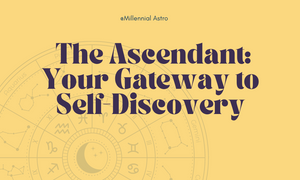
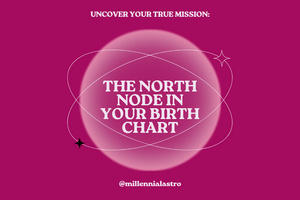


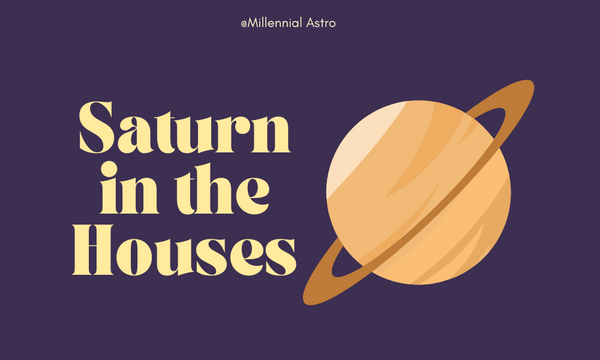
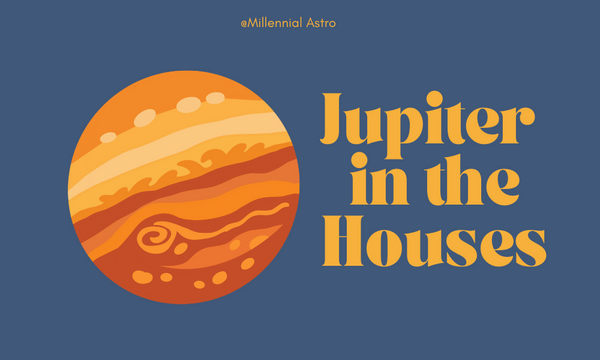
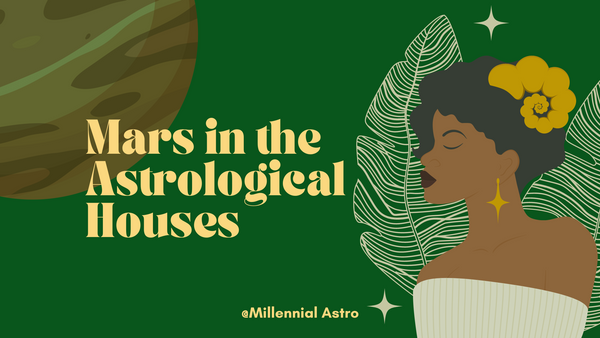
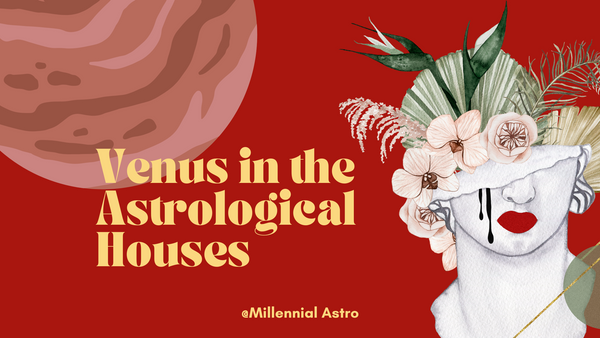
Member discussion